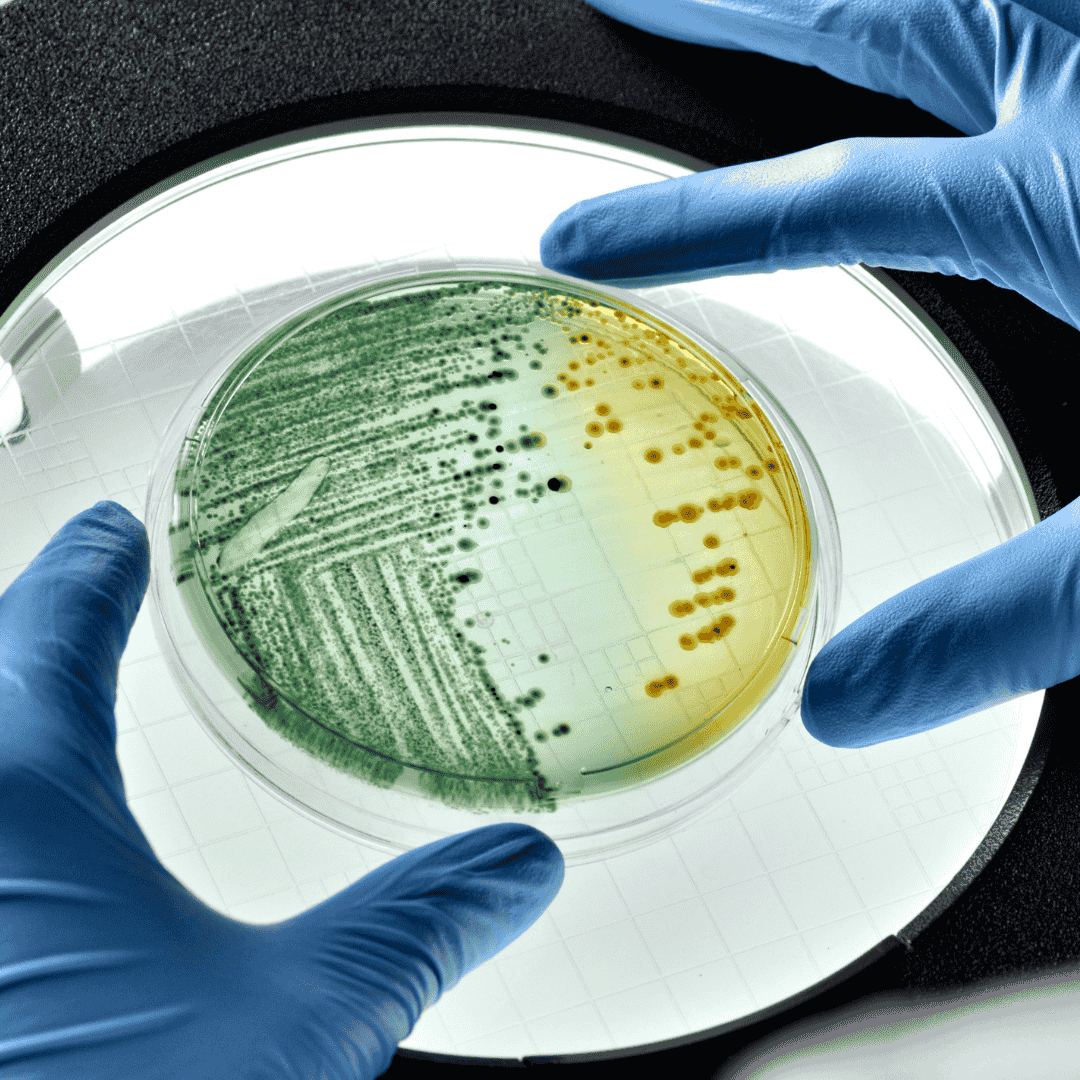Microbiological hazards are the biggest cause of foodborne illness. They are also some of the most difficult hazards for risk assessment given their diversity and dynamic nature. New and emerging microbial hazards pose a particular threat to public health and the food industry must continually take this into account in the development of international, national, and facility-level control programs.
Most food safety managers will find themselves developing HACCP plans that require the identification and profiling of a range of hazards, including microbiological hazards.
If the manager has not studied the area in detail, it can often be difficult to identify and characterize emerging risks. A basic understanding of food microbiology is essential to produce robust and effective HACCP plans. It is always recommended to consult a food microbiologist for validation of HACCP plans; however, it is still important to understand and accurately interpret the information provided from such sources.
This paper has been developed to provide food safety managers responsible for food safety systems in a processing plant with a basic knowledge of food microbiology and to highlight the learning of those who have already covered it during their training. It is not intended to be a complete representation of the broad and ever-changing subject. It should not replace the detailed examination of pathogenic hazards required as part of HACCP studies.
Microbiology and Food Safety
Microbiology is the science that studies living organisms that cannot be seen with the naked eye. A microscope is the only way to see the millions of tiny creatures that live all around us. Although they often play a beneficial role in human health and food production, they can also cause diseases (pathogens).
Whether a microorganism is harmful or beneficial, it needs the right conditions to grow. The conditions vary according to the type of microbe:
- Temperature
- pH (alkalinity versus acidity)
- Food
- Humidity
- Oxygen (for some bacteria)
There are three main categories of microorganisms relevant to food safety. These are bacteria, viruses, and yeasts/molds. All of them can potentially be transmitted through food and water and their survival time can range from hours to years in some cases. It is not possible to guarantee that most of the food we consume is free of microbiological pathogens. The goal is to ensure the level of hazard and the risk is known and reduced to an acceptable level. Bacteria are usually classified according to Gram staining reaction, cell shape, serotyping, and/or genotyping.













